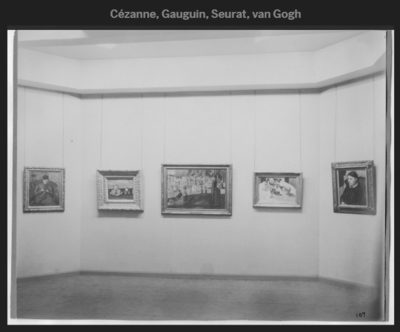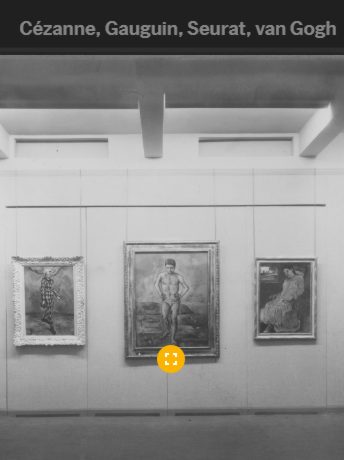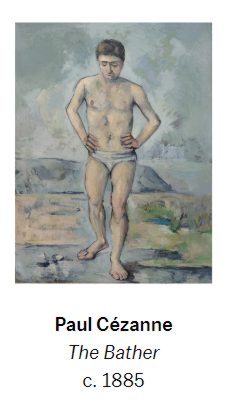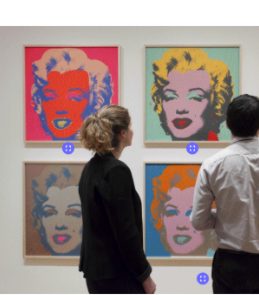| Machine Learning Identifies MOMA Artworks |
| Written by David Conrad | |||
| Saturday, 10 March 2018 | |||
|
Google's Arts & Culture Lab in Paris has been experimenting with how AI can be used for the benefit of culture. One of its latest achievements is to turn a repository of 30,000 images into a searchable archive. When Google approached MOMA, the Museum of Modern Art in New York, to ask if there was any way in which machine learning could help them out, the answer was yes. Machine Learning could help them add meaning to an important archive of photos.
As Shannon Darrough, Director of Digital Media at MOMA explains in this video, MOMA had recently put online 30,000 photos from its installations dating back to its first exhibition in 1929, but they lacked information about the paintings they contained.
Freya Murray, Creative Lead in the Arts & Culture Lab tells how the collaboration with MOMA to create Art Recognizer, a machine learning tool that used an algorithm to match the exhibition photos with more than 65,000 works in Google's online collection and automatically recognize over 27,000 of them. This means that vistors to the MOMA website will be able to look at installation picures, click on the pictures they like and find more information about them.
Not only are the art works given their titles with the name of the artist and the approximate date of creation, in many cases additional information has been added with links to other paintings by the same artist. Darrough hails this as a: nice collaboration between man and machine which has succeeded in creating a system that gives MOMA's collection of installation photos meaning that they otherwise lacked.
More InformationRelated ArticlesGoogle Provides Free Machine Learning For All Google's New Contributions to Landmark Recognition
To be informed about new articles on I Programmer, sign up for our weekly newsletter, subscribe to the RSS feed and follow us on Twitter, Facebook or Linkedin.
Comments
or email your comment to: comments@i-programmer.info |
|||
| Last Updated ( Saturday, 10 March 2018 ) |





